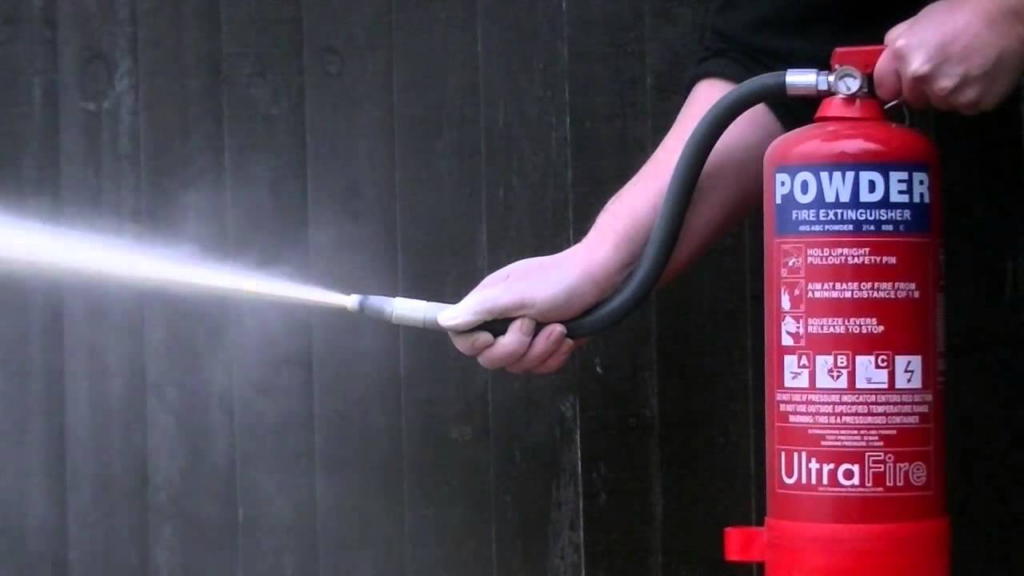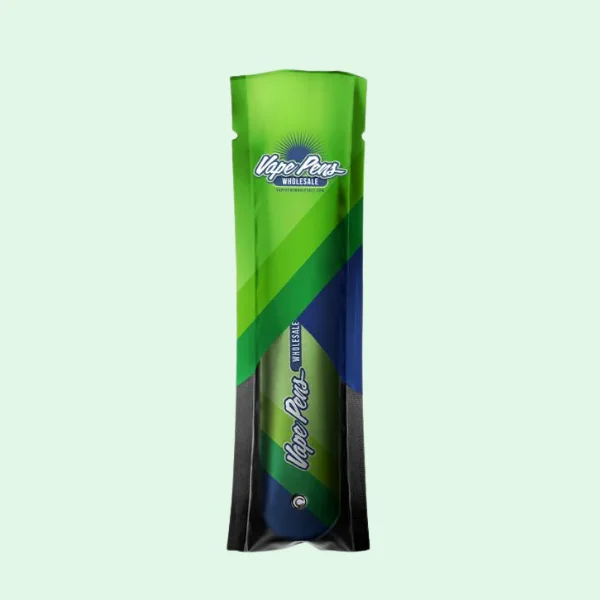Fire extinguishers are one of the most essential safety devices for both homes and workplaces. Though often overlooked, their presence can mean the difference between a minor incident and a devastating fire. Understanding how fire extinguishers work, what types are available, and how to properly maintain them is vital for ensuring safety in any environment. This comprehensive guide will walk you through all the key aspects of fire extinguishers, helping you make informed decisions and promote safety in your space.
Understanding the Importance of Fire Extinguishers
Fires can start in a matter of seconds and spread even faster. Having a functional fire extinguisher readily accessible can contain small fires before they become uncontrollable. Whether it’s a kitchen mishap at home or an electrical fault in an office, the right extinguisher can be a lifesaver. Fire extinguishers are not just legal requirements in many places—they are vital tools for protecting lives and property.
Types of Fire Extinguishers
Not all fires are the same, and neither are fire extinguishers. Different types are designed to combat different classes of fires. Here are the main types used in homes and offices:
Water-Based Fire Extinguishers
These are suitable for Class A fires, which involve ordinary combustibles like paper, wood, and cloth. They are not recommended for use on electrical fires or flammable liquids.
Foam Fire Extinguishers
Ideal for Class A and Class B fires (flammable liquids like gasoline or paint), foam extinguishers form a blanket over the fire, cutting off the oxygen supply.
Dry Powder Fire Extinguishers
Often referred to as ABC extinguishers, these are versatile and can be used on Class A, B, and C fires (flammable gases like propane). They are suitable for general use but may create a mess.
Carbon Dioxide (CO2) Fire Extinguishers
These are perfect for electrical fires and Class B fires. They leave no residue and are commonly used in server rooms and office environments.
Wet Chemical Fire Extinguishers
Specially designed for Class F fires involving cooking oils and fats, these are mostly found in kitchens, both domestic and commercial.
Choosing the Right Fire Extinguisher
Selecting the right extinguisher depends on your environment. For homes, a multipurpose dry powder extinguisher is often sufficient. In offices, especially those with electrical equipment, CO2 or foam extinguishers are commonly used. Kitchens benefit most from wet chemical extinguishers.
It’s important to analyze the potential fire risks in each area before making a decision. A fire risk assessment can help determine the right types and quantities of extinguishers needed.
Proper Placement of Fire Extinguishers
Having the right extinguisher is only effective if it’s accessible. Placement should be strategic and based on the fire risks present:
- Install extinguishers near exits so users can escape easily if needed.
- Keep them at eye level or within easy reach.
- Ensure visibility and avoid blocking them with furniture or equipment.
- In large areas, place extinguishers at regular intervals for quick access.
In homes, place extinguishers in the kitchen, garage, and near electrical panels. In offices, common locations include server rooms, break areas, and storage facilities.
How to Use a Fire Extinguisher Effectively
It’s not enough to have extinguishers—you need to know how to use them. The PASS method is a widely accepted approach:
- Pull the pin
- Aim low at the base of the fire
- Squeeze the handle
- Sweep from side to side
This technique helps you extinguish the flames efficiently and minimizes damage. It’s advisable to provide fire extinguisher training to employees in the workplace and to educate family members at home.
Regular Maintenance and Inspections
Fire extinguishers must be maintained to ensure they work when needed. This includes:
- Monthly visual checks for signs of damage or tampering
- Ensuring the pressure gauge is in the green zone
- Checking that the pin and tamper seal are intact
- Keeping the nozzle clear of obstructions
Professional servicing should be carried out annually by certified technicians. Some types may also require pressure testing or recharging every few years.
Legal Requirements and Compliance
Offices and commercial buildings are usually required by law to have fire extinguishers installed and maintained. In the UAE, for example, the Civil Defence mandates specific safety standards for fire extinguishers in both residential and commercial buildings. Non-compliance can result in fines or closure of the facility.
Understanding the local regulations helps ensure you stay compliant and avoid legal repercussions. Always consult fire safety professionals or local authorities for up-to-date compliance requirements.
Common Mistakes to Avoid
While fire extinguishers are relatively simple devices, misuse can lead to ineffective results or increased danger. Common mistakes include:
- Using the wrong type of extinguisher for the fire
- Placing extinguishers in hard-to-reach or hidden locations
- Failing to maintain or inspect extinguishers regularly
- Not training occupants on proper usage
Avoiding these mistakes is crucial for ensuring maximum safety in emergencies.
Benefits of Having Fire Extinguishers in Homes and Offices
The presence of fire extinguishers offers several benefits beyond just putting out fires:
- Peace of Mind: Knowing you’re prepared for emergencies reduces stress.
- Cost Savings: Small fires can be controlled quickly, minimizing damage.
- Enhanced Safety: Quick action can save lives and prevent injuries.
- Regulatory Compliance: Staying compliant with fire codes avoids legal issues.
Integrating Fire Extinguishers into Your Safety Plan
Fire extinguishers should be part of a broader fire safety plan. This includes:
- Installing smoke detectors and fire alarms
- Planning evacuation routes
- Conducting fire drills regularly
- Educating occupants on safety procedures
When used together, these measures create a well-rounded safety system that enhances overall protection.

The Future of Fire Extinguishers
With advancements in technology, fire extinguishers are also evolving. Smart extinguishers that can alert authorities when activated, or those integrated with building management systems, are being developed. Innovations in environmentally friendly extinguishing agents are also on the rise, helping to reduce ecological impact.
Conclusion
Fire extinguishers are a small investment with potentially life-saving returns. Whether you’re protecting your home or office, understanding the types, proper use, and maintenance of fire extinguishers is essential. Their role in a comprehensive fire safety strategy cannot be overstated.
Regular training, appropriate placement, and routine maintenance ensure these tools remain ready to serve their purpose in an emergency. Don’t wait for a fire to realize the importance of preparation.
Ensure your space is fire-ready. Invest in quality fire extinguishers and stay proactive about safety. Consult with a certified fire safety expert today to protect what matters most.
For more insightful articles related to this topic, feel free to visit – viewsparrow











